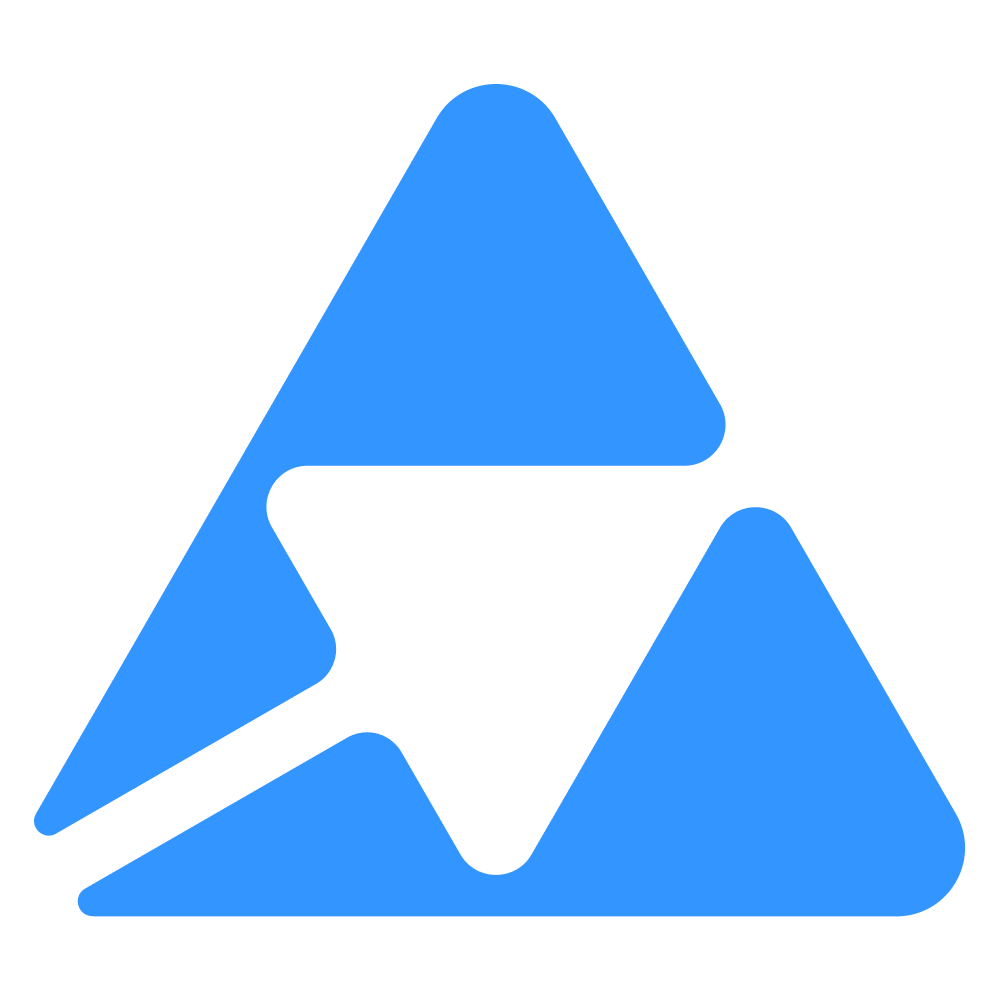#
Developer tools

Quable provides several tools to enhance your app and interact with the PIM efficiently. These tools help you build robust, business-focused features integrated into the ecosystem.
#
1. REST API
- Allows you to retrieve and manipulate PIM data.
- Supports most operations on business objects: products, documents, users, etc.
- Follows standard HTTP methods:
GET,POST,PUT,DELETE. - Authentication via secure token (Bearer Token).
See: REST API
Example:
GET /api/documents?id[]=PROD-1&id[]=PROD-2
Authorization: Bearer <API_TOKEN>
#
2. GraphQL API
- Provides flexible and powerful data access.
- Lets you fetch exactly the fields you need and combine multiple resources in a single request.
- Ideal for applications that need to optimize network calls and performance.
See: GraphQL API
Example:
query {
documents {
id
attributes
documentLinks(linkNames: ["x-sell"]) {
document {
id
}
}
classifications {
id
catalogId
}
variants {
id
attributes
assetLinks {
asset {
id
}
}
}
assetLinks {
asset {
assetLinks {
asset {
id
}
}
}
}
}
}
#
3. Webhook Notifications
- Allows you to react to PIM events in real-time.
- Each webhook can be triggered on a specific event (create, update, delete).
- Useful for syncing external systems or triggering business workflows.
#
Quable SDK with nodeJs
To go further in integrating and building on top of Quable, check out the following resources:
Getting Started with Node.js
Step-by-step tutorial for creating a Quable app using Node.js .
#
App Store Specific Resources
These resources are specific to applications distributed via the Quable App Store. They help you manage partner interactions and billing integration for your app.
#
Quable Partner Portal
Discover the partner portal and integration opportunities for your Marketplace app : Quable Partner Portal
#
Quable Billing
Guide on integrating financial and billing aspects into your app, including subscriptions, pricing, and monetization features : Quable Billing
